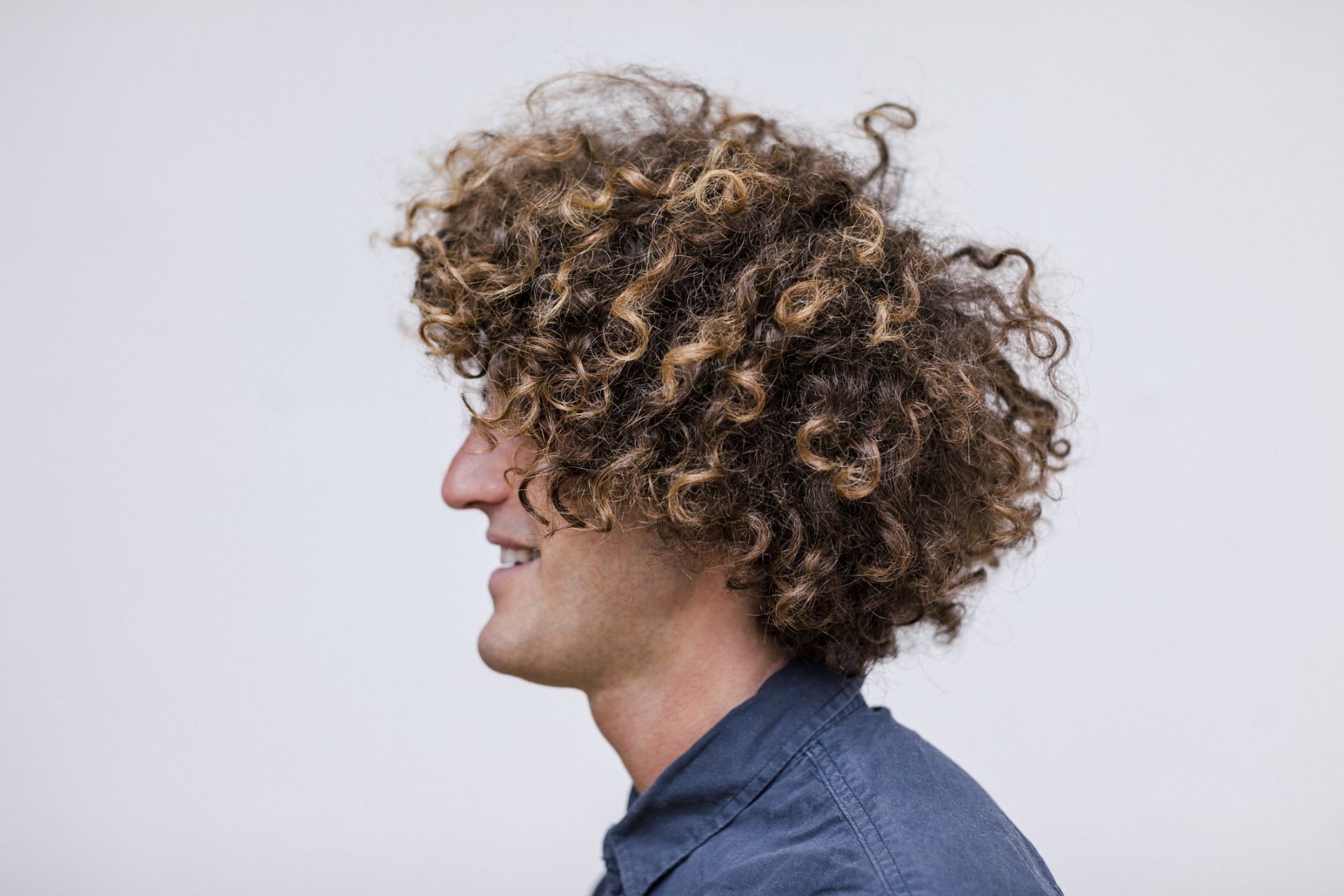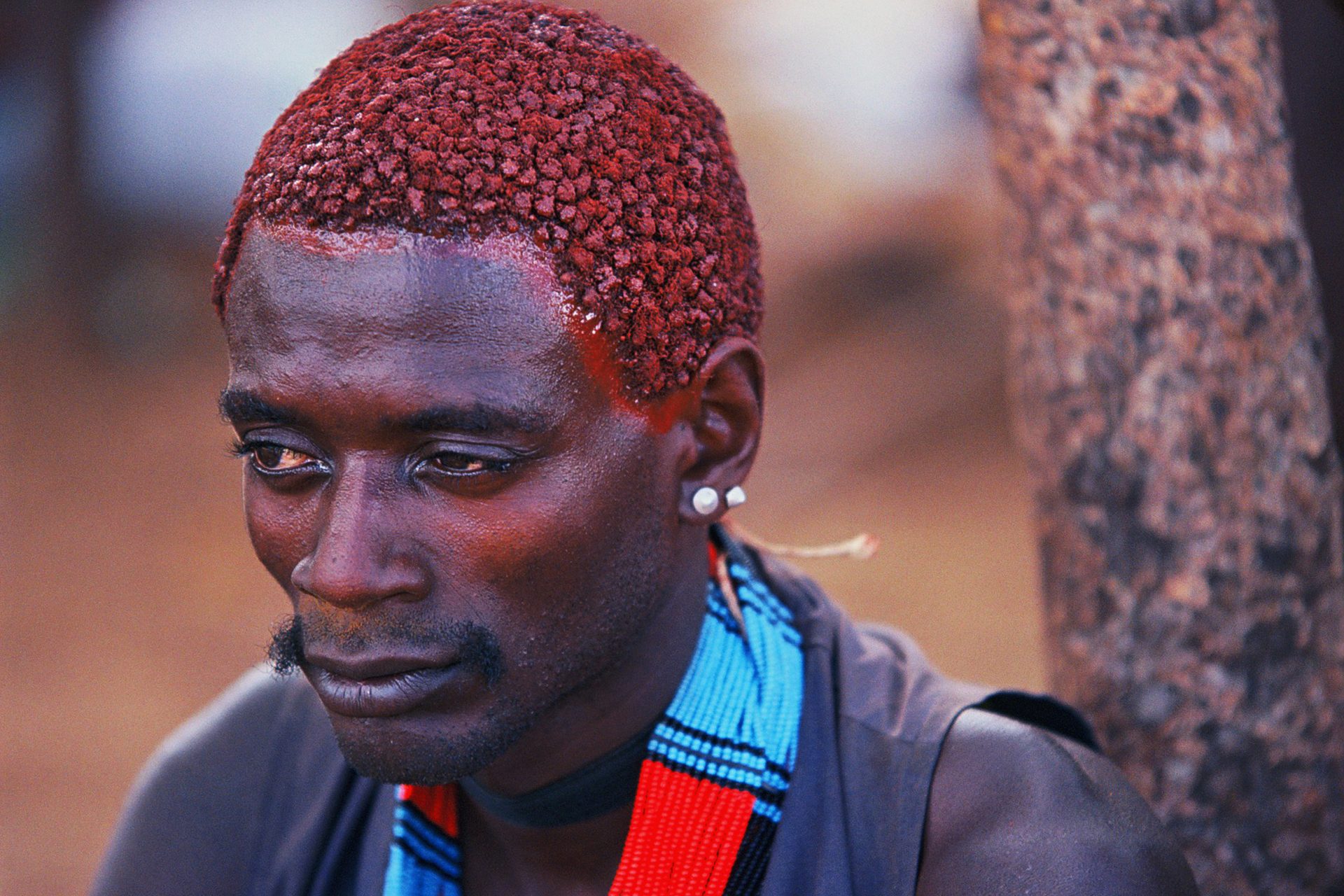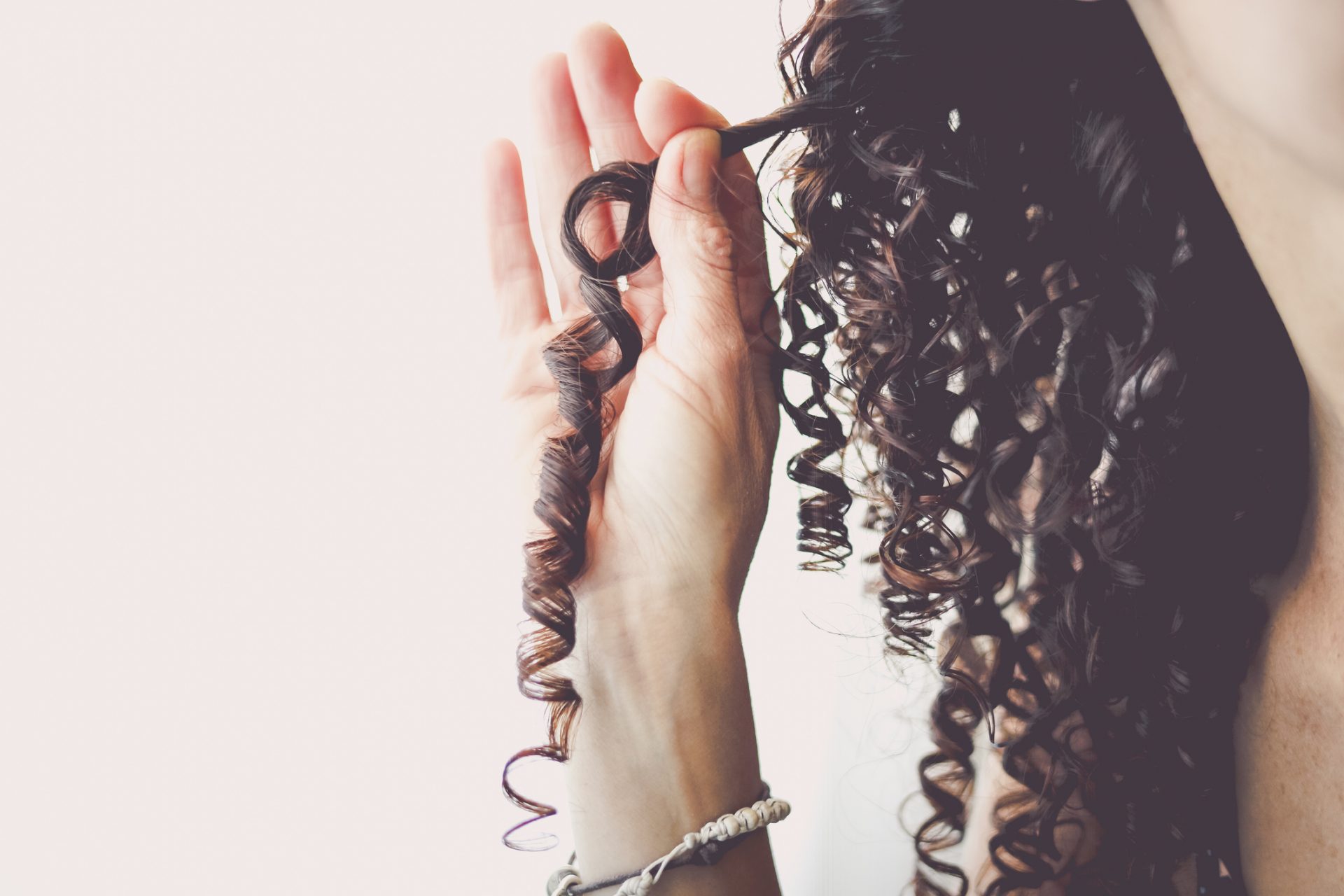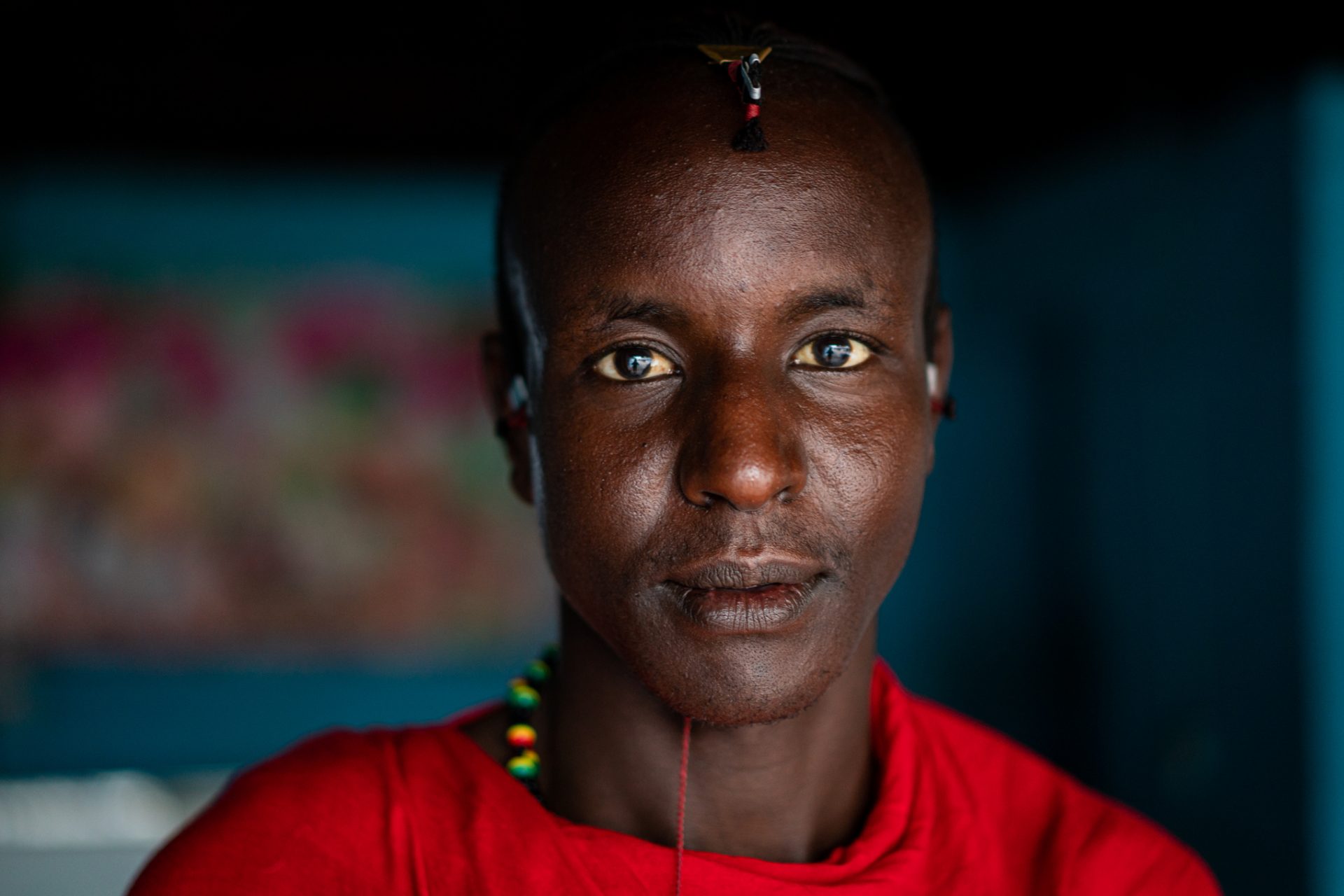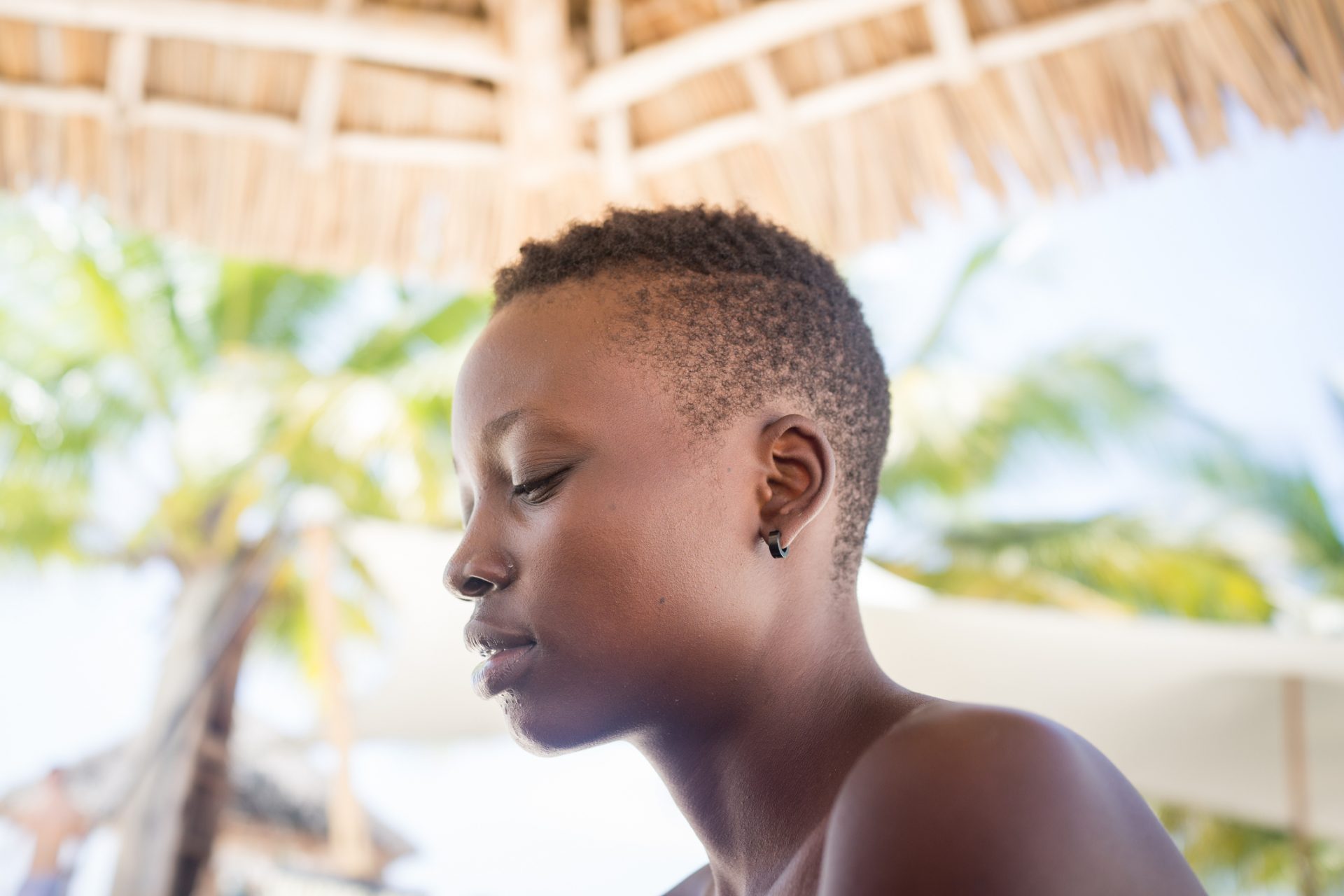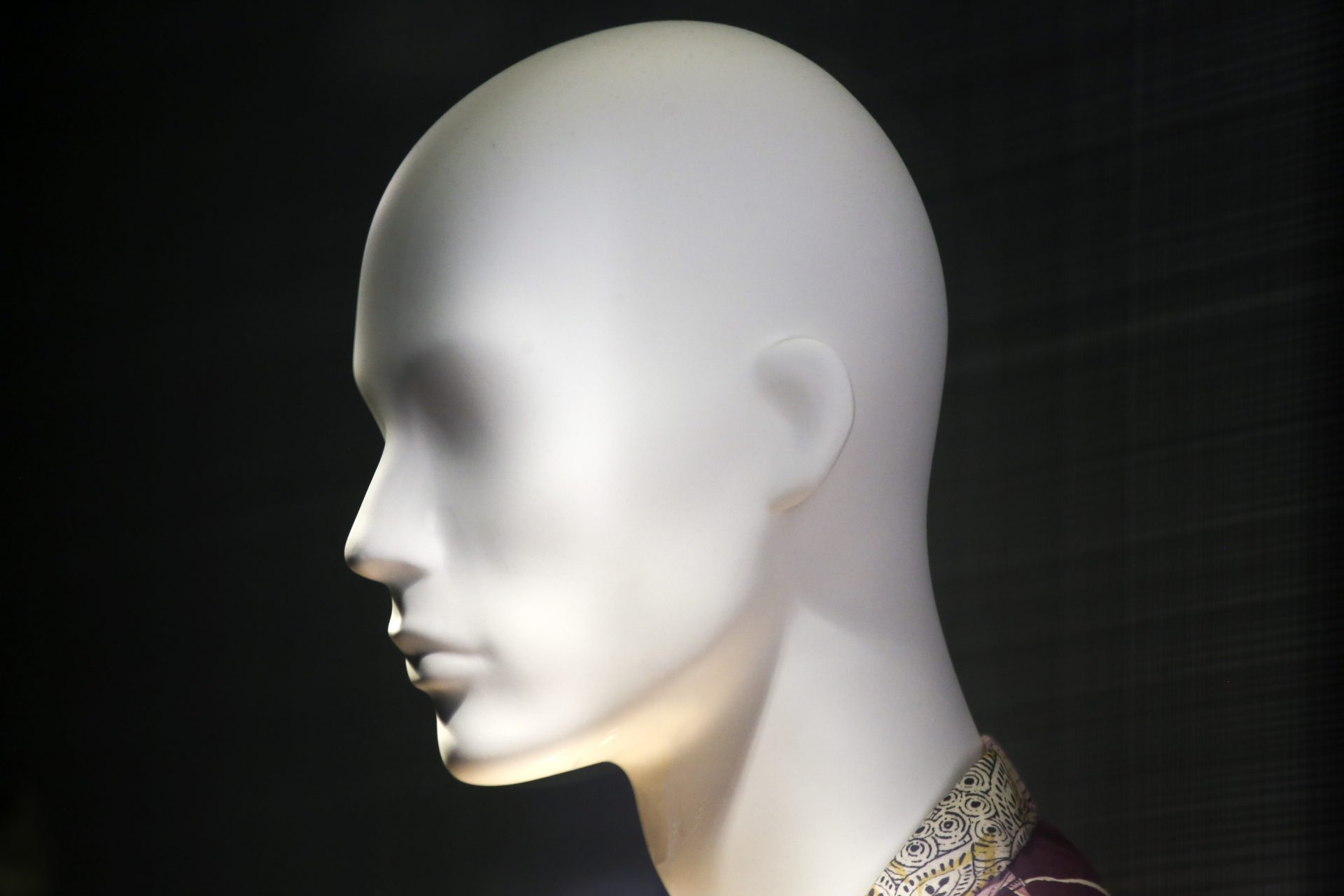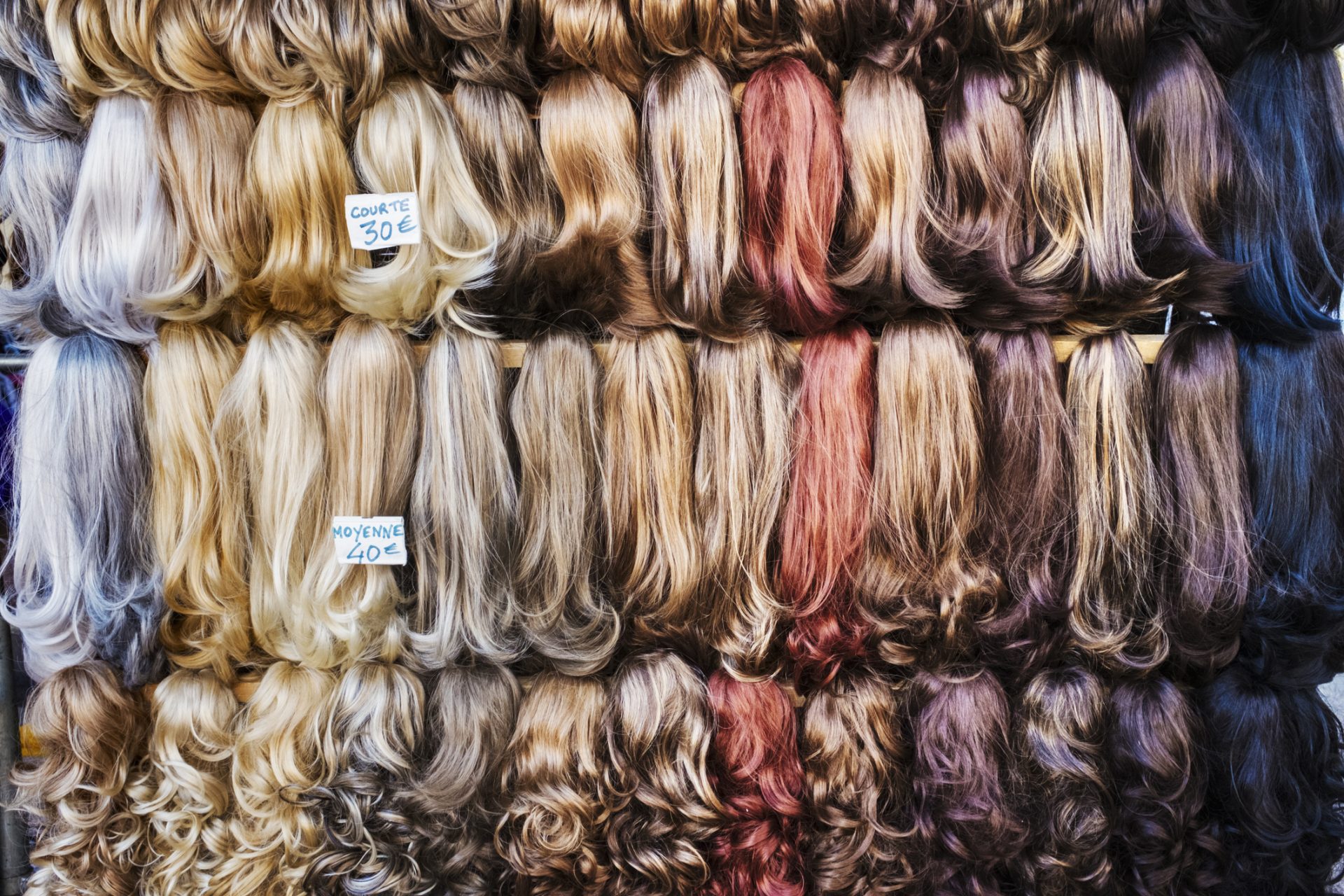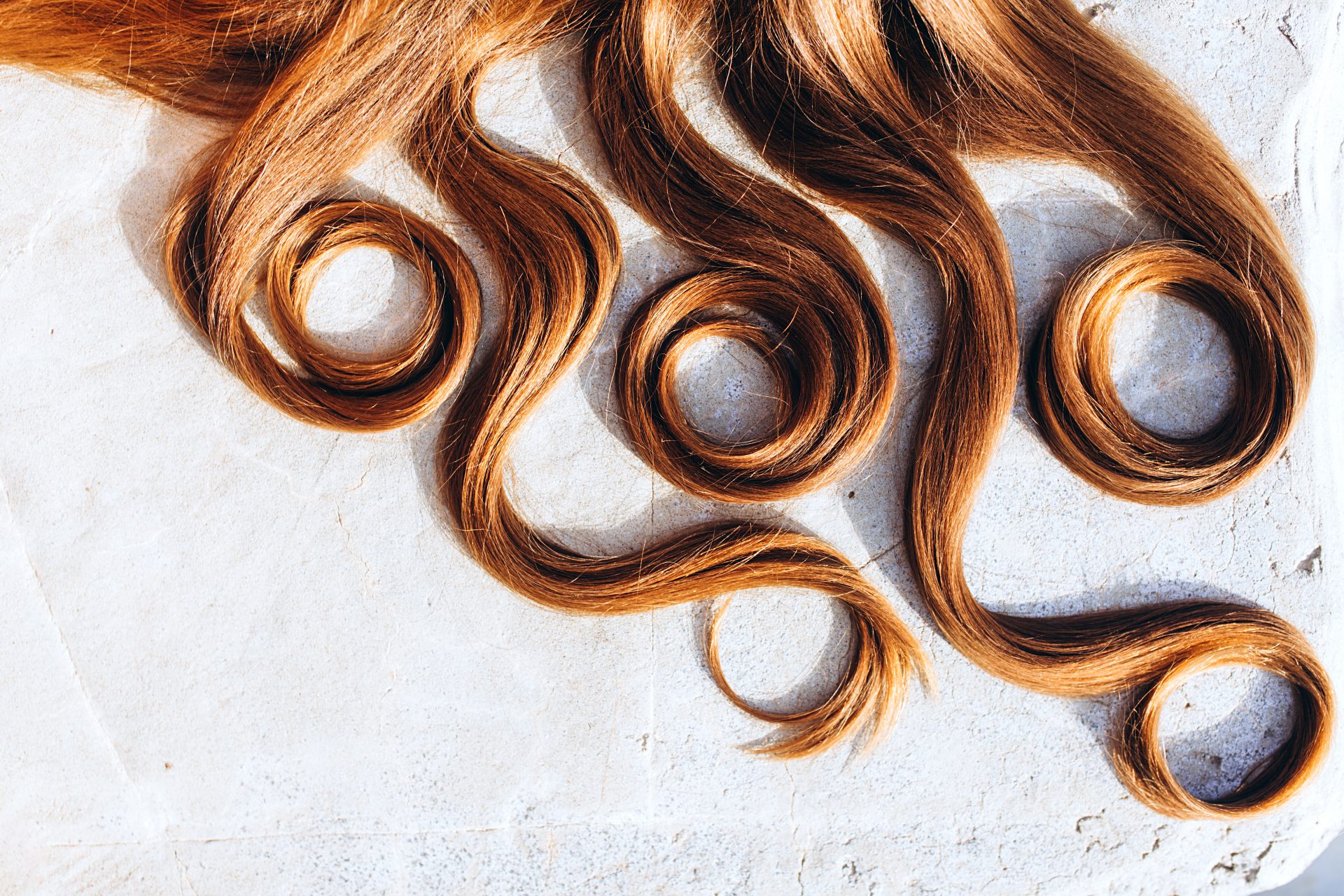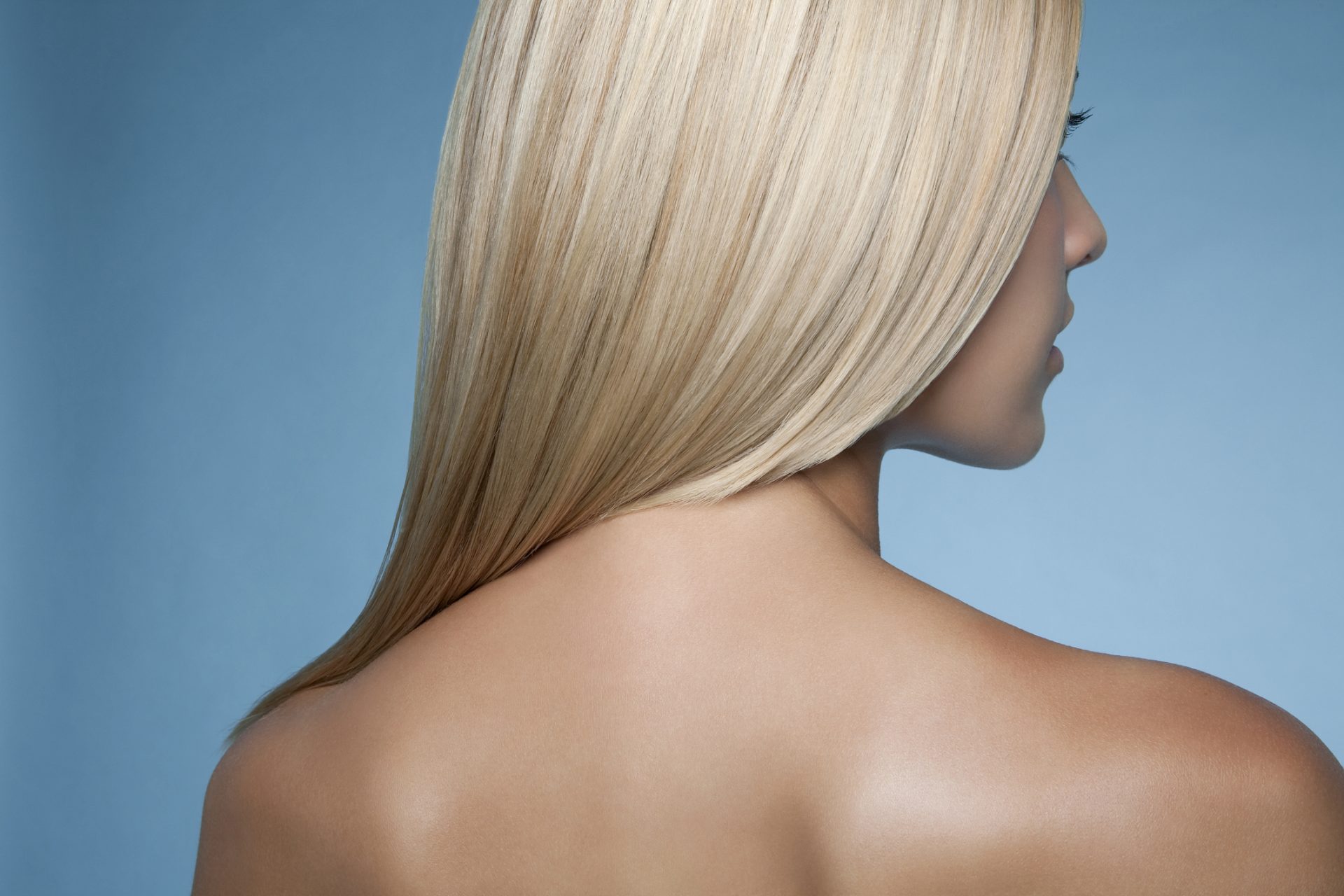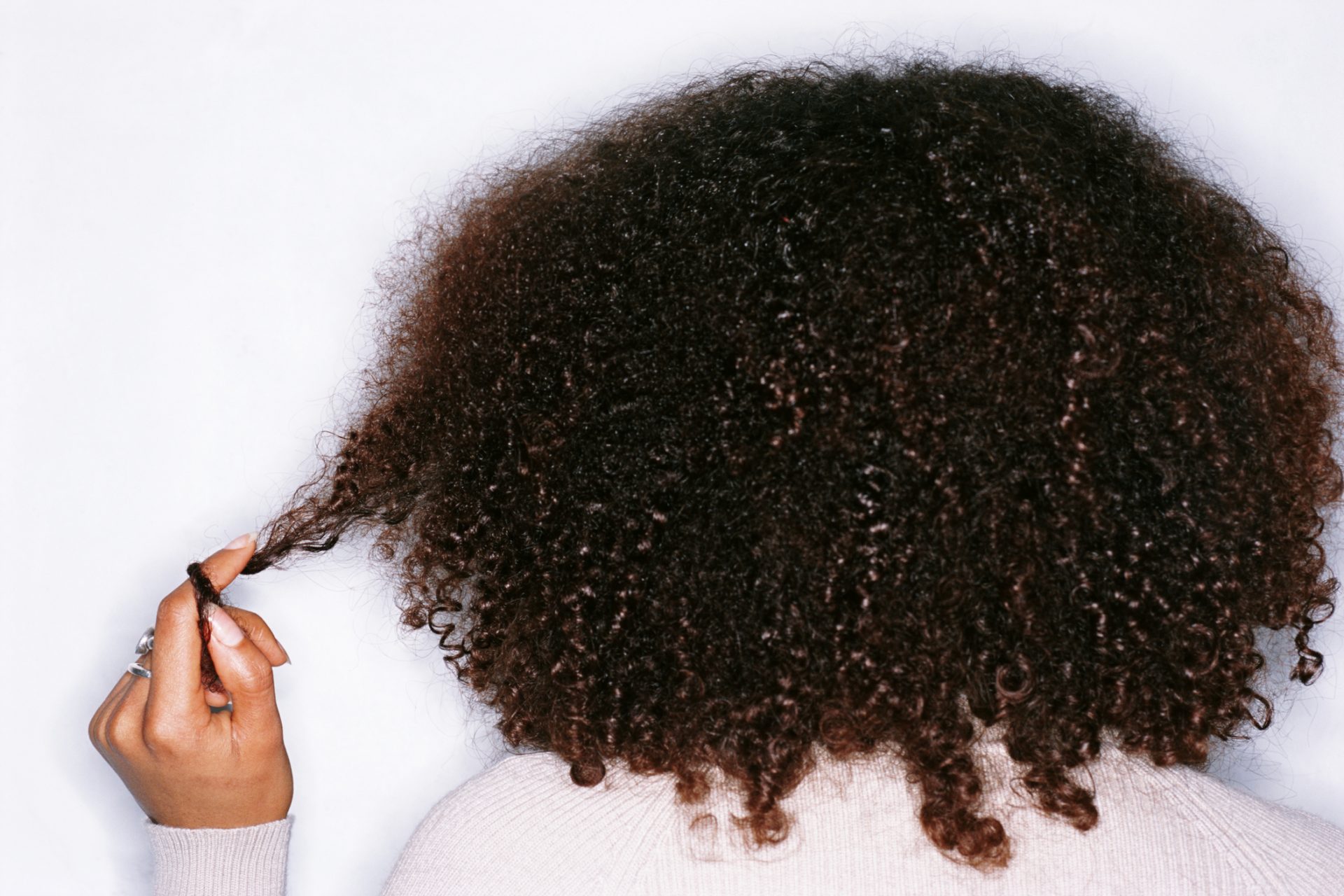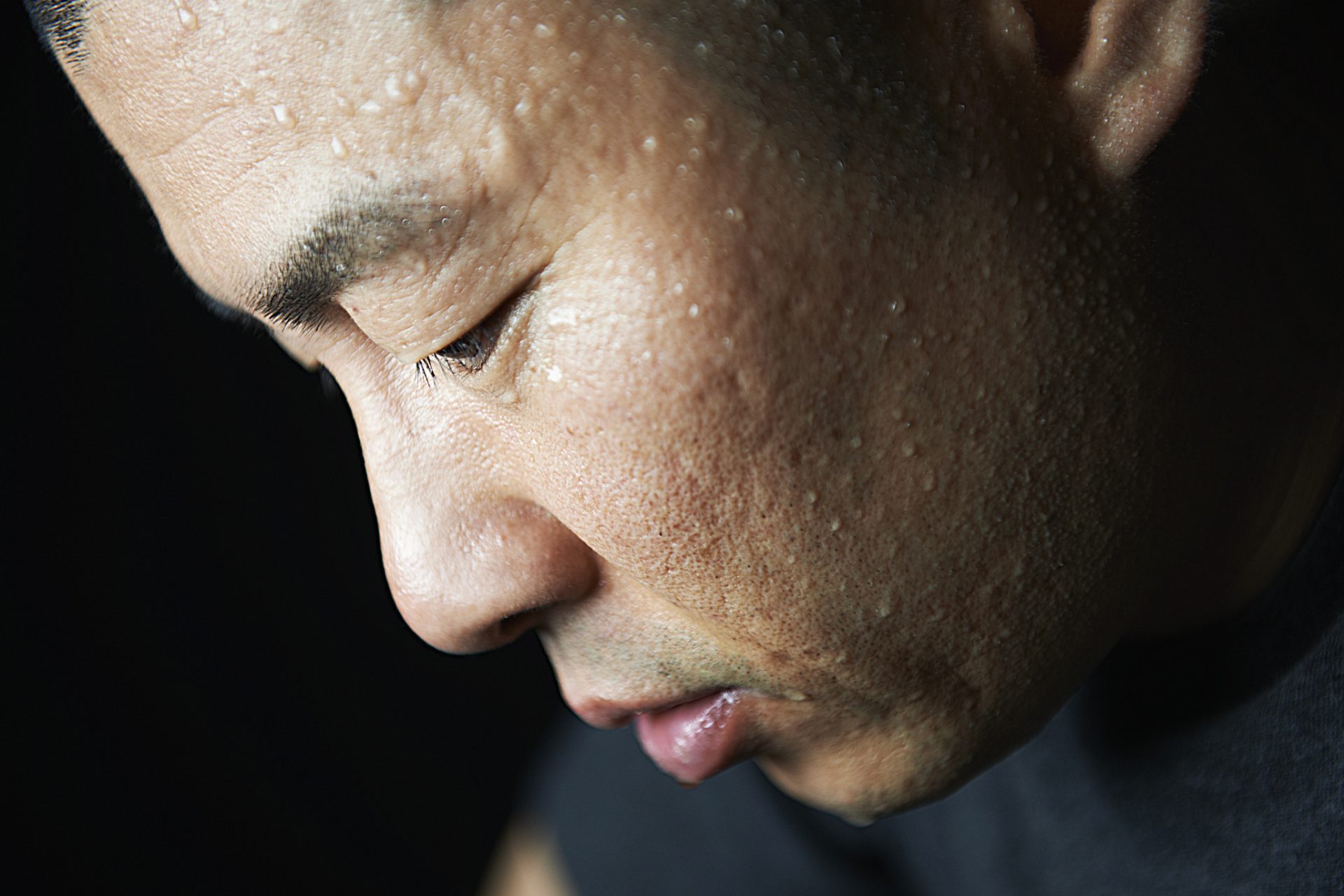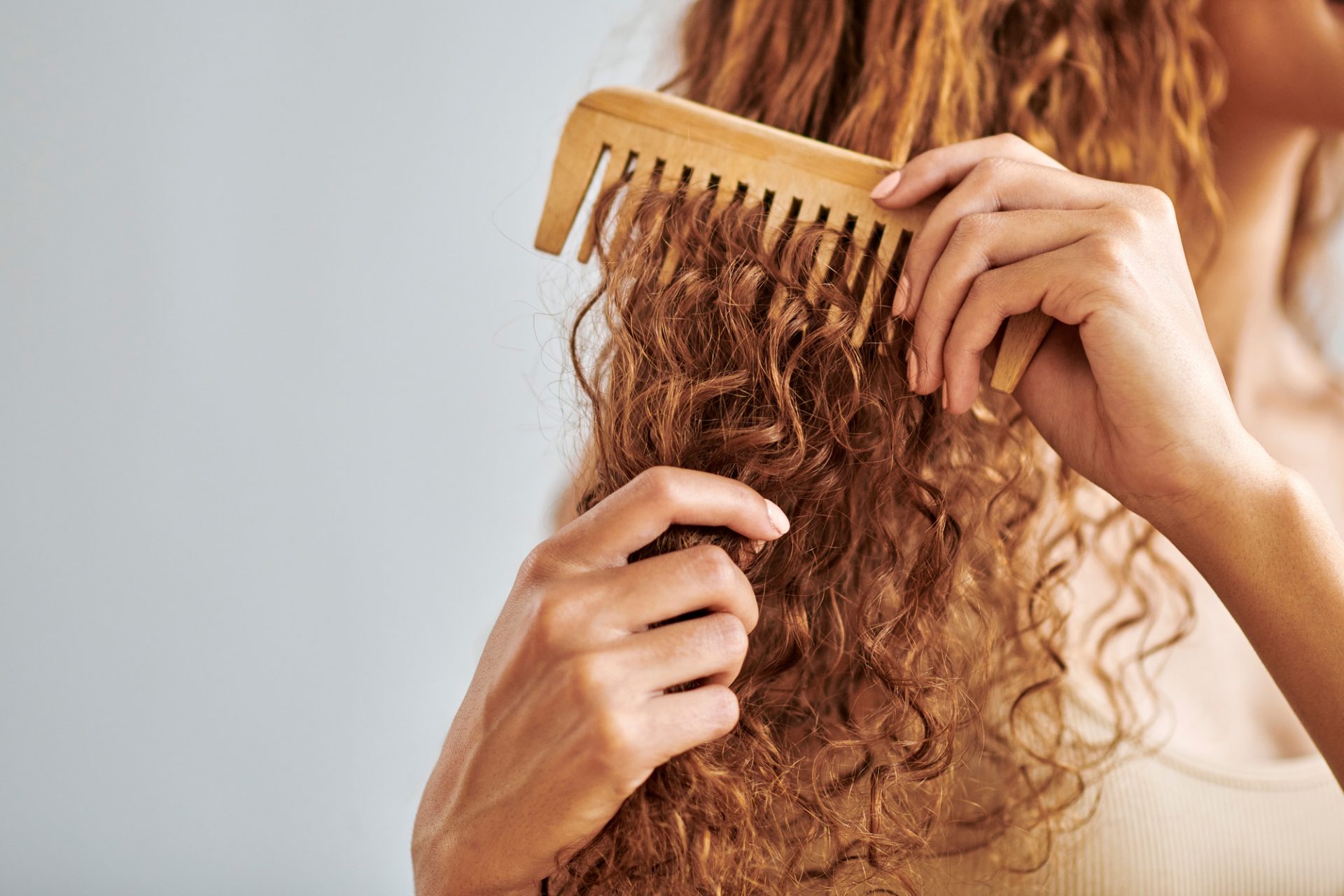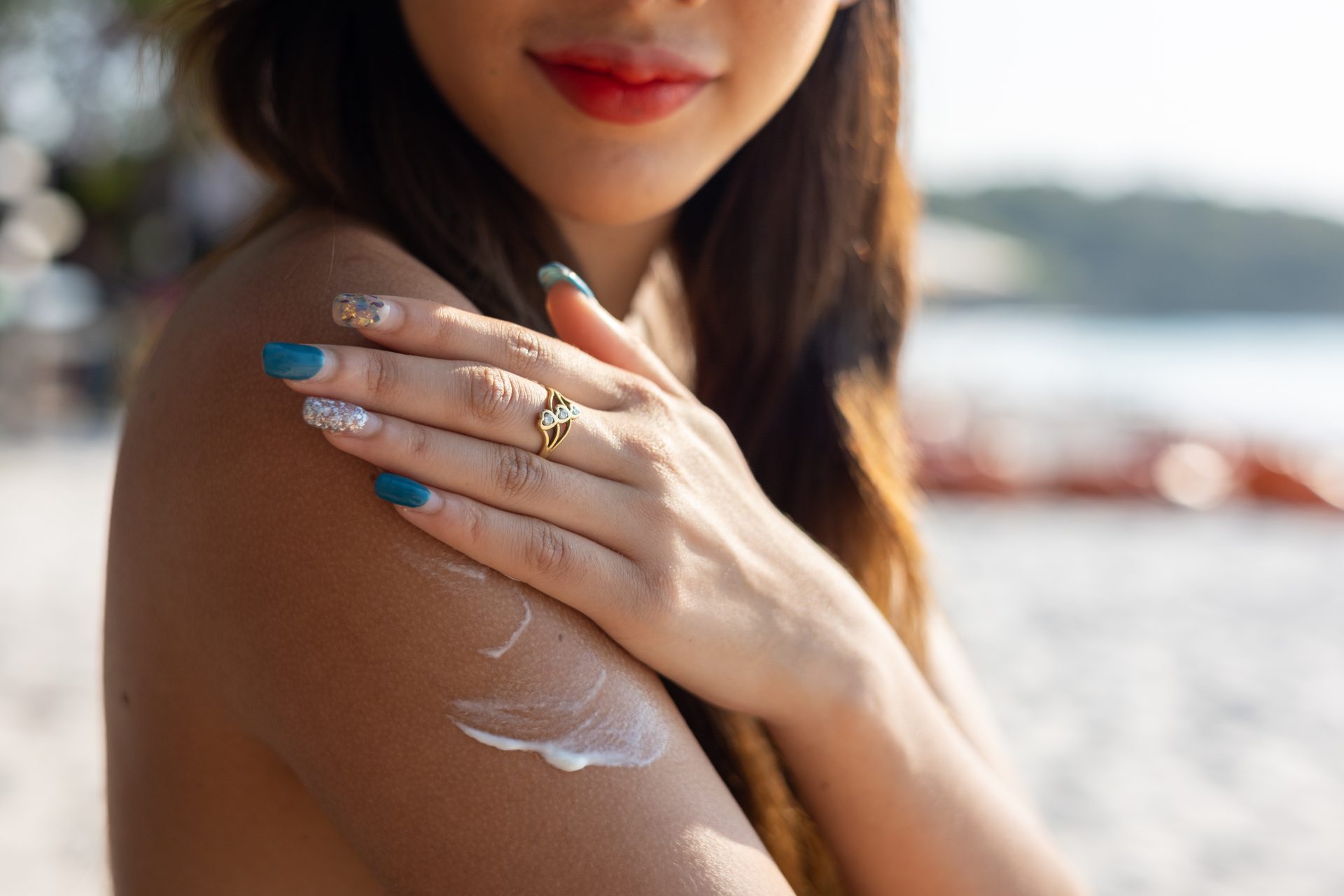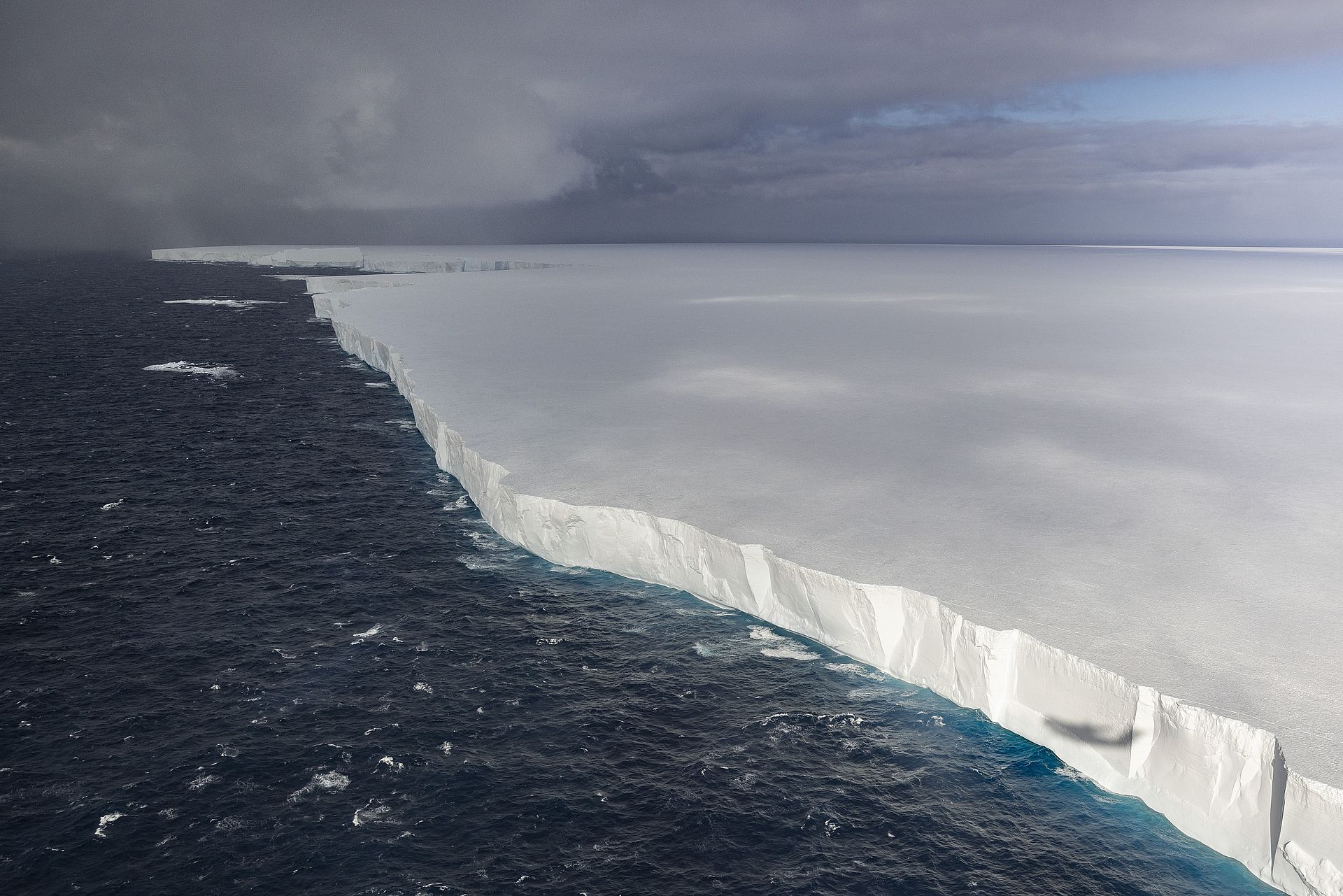Have you ever wondered why some people have curly hair?
Curley hair is a unique human trait and in 2023 researchers might have figured out why some of us evolved curls and waves in our hair. It turns out that the distinctive trait might have been essential for our survival and you might find the reasons why surprising.
Humans developed curly hair as a way to stay cool and regulate body temperature, plus it allowed our early ancestors to conserve water according to a study from researchers at Penn State that was published in the journal Proceedings of the National Academy of Sciences of the United States of America (PNAS).
“Humans evolved in equatorial Africa, where the sun is overhead for much of the day, year in and year out,” explained one of the study’s co-authors Professor Nina Jablonski.
Jablonski is a Professor of Anthropology at Penn State and explained in a press release that she and her fellow researchers wanted to understand the evolution of human hair.
Our African ancestors had scalps that received an abundant amount of sun according to Jablonski, which meant they also had dealt with constant heat and harsh solar radiation.
It was this question that ultimately lead the researchers to discover that the evolution of curly hair was an adaptive strategy which kept early humans cool and conserved water.
In order to make their conclusions, the researchers used a thermal manikin that allowed them to study a variety of environmental conditions and how that would affect a human.
Researchers employed a variety of human-hair wigs to study how the different textures of human hair reacted to the same environmental conditions our ancestors had faced.
The different wigs included hair that was straight, moderately curled, and tightly curled, as well as no hair at all and after gathering measurements they made their discoveries.
Tightly curled hair provided much better protection against the sun and its radiation than straight hair and did more to enhance the effects of evaporative cooling on the scalp.
Curled hair was better than straight hair at reducing heat according to the researchers because it does not sit flat on a person’s head and sits further away from one’s scalp.
This distance between the surface of a person's head and the surface of one’s hair is what allows tightly curled hair to perform better at keeping humans cooler in the heat.
The researchers also observed that the curly hair got the better it was at decreasing the loss of water through evaporation, something that hadn’t been previously demonstrated.
The reason why curly hair was better at preserving water via evaporation was not given but they noted it was in line with other research showing scalp hair hinders evaporation.
“The work that’s been done on skin color and how melanin protects us from solar radiation can shape some of the decisions that a person makes in terms of the amount of sunscreen needed in certain environments,” said study co-author Tina Lasisi.
“I imagine that similar decision-making can occur with hair… our findings give you a moment to reflect and think: is this hairstyle going to make me overheat more easily? Is this the way that I should optimally wear my hair?” Lasisi continued.
More for you
Top Stories



